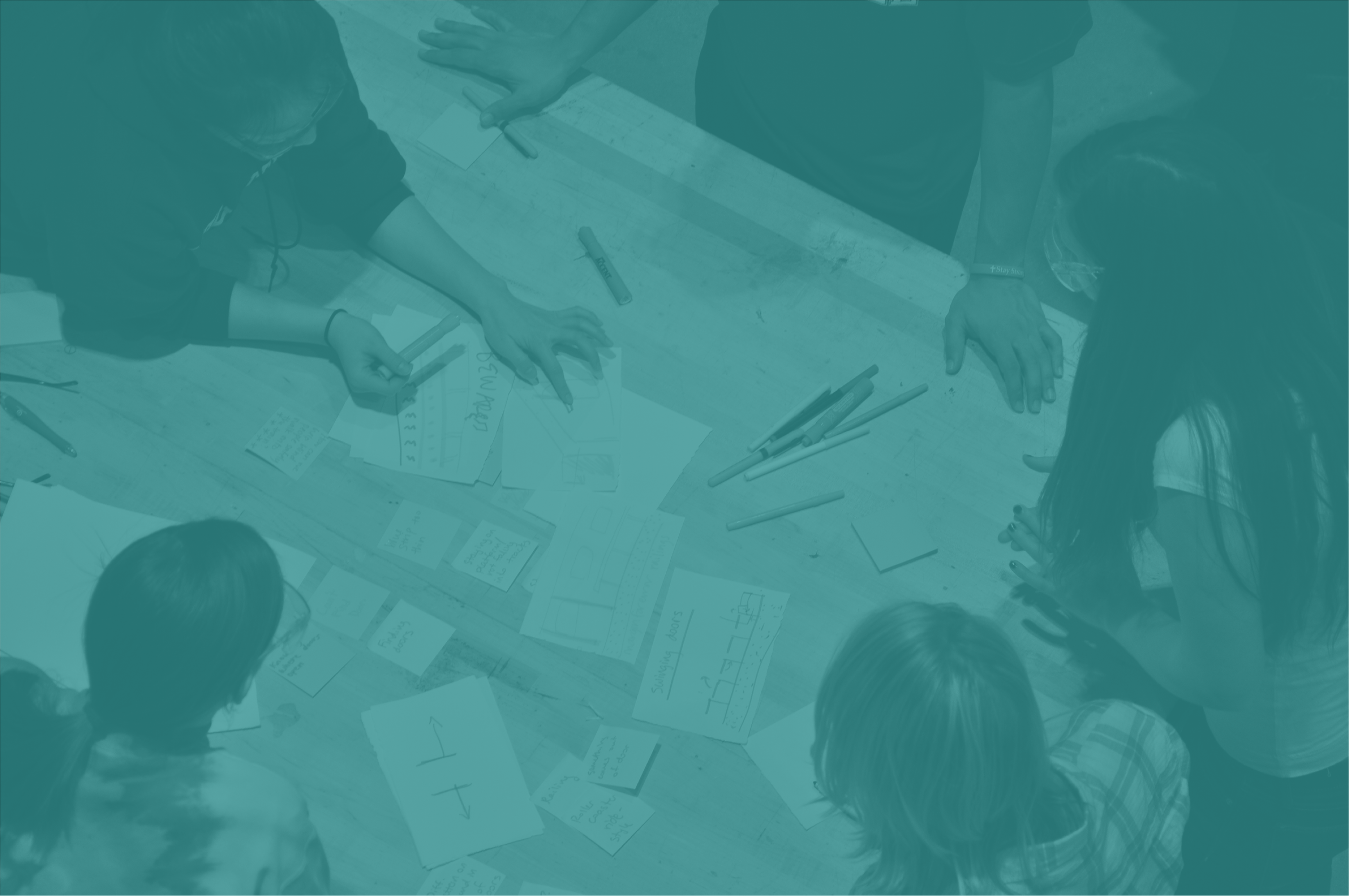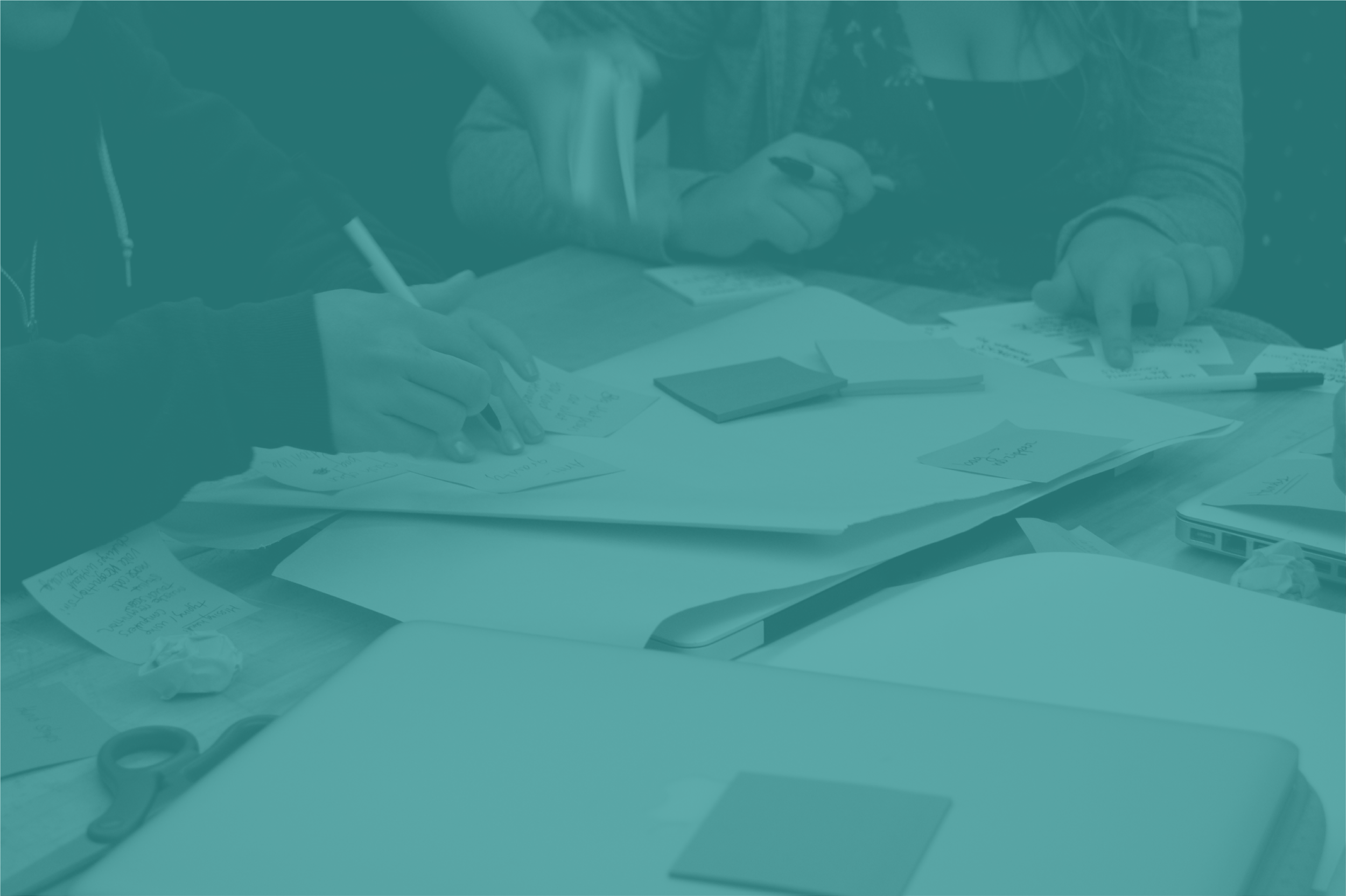
Design Process
DFA equips individuals, students, & communities to take on important challenges in their lives and the lives of others.
-
Practice systems thinking
Address root causes, not just symptoms.
-
Build empathy
Center people with lived experience and develop authentic community partnerships.
-
Break silos
Nurture innovation by connecting across disciplines and industries.
-
Work together
Build community visions through shared creativity.
-
Reframe failure
Respond to real-world feedback by prototyping, testing, and iterating.

DFA Resources
The DFA Design Process
-

Design Process One-Pagers
Get a high-level overview of the purpose, methods, and examples for each step of the DFA design process.
-
Design Process Guide Book
This 160-page guide provides deep instruction with methods, attitudes, and diagrams to explain how the DFA design process facilitates community-engaged projects.



